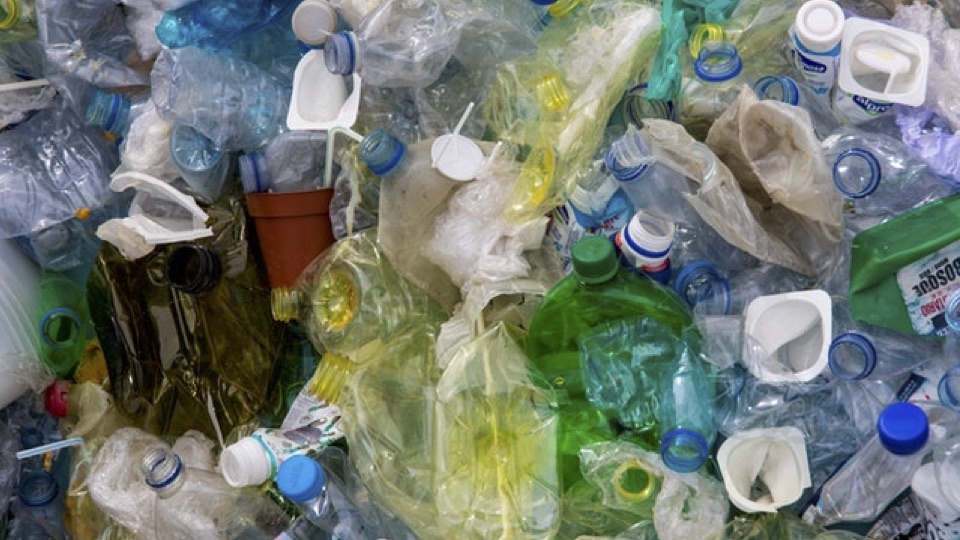The use of plastic to make items such as surgical gloves or containers to preserve foods is important. Equally important is the effort to eliminate single-use plastic waste, especially in our current throwaway society. We are doing better, but we can do more.
Over 300 million tons of plastic are produced worldwide each year. A staggering amount ends up in landfills or bodies of water, eventually broken down into “microplastics,” eaten by fish and wildlife, thus entering our food chain. Not only that, having a heavy accumulation of plastic on our beaches has a negative impact when trying to attract tourists or vacationers. Also, the debris can cause damage to coral reefs. Simply put, plastic does not decay easily or quickly. Plastics are polluters of several environmental niches and the largest source of litter on the ocean floor.
Related: “What Can the Pre-Disposable Era Teach Us?”
There are, however, dozens of ways to lessen plastic waste. Recycling more frequently certainly reduces its footprint. Below are a few more eco-friendly tips to incorporate into your lifestyle.
- When shopping, especially for groceries, bring a few reusable totes along to use instead of stuffing your purchases into the store’s plastic bags.
- Avoid using plastic straws. Try the metal or bamboo reusable ones instead.
- Skip the plastic wrap and instead, store leftovers in reusable containers. Compostable and reusable beeswax wrap is another option. Containers last longer than wraps or bags made from plastic.
- Buy in bulk in lieu of paying for several individually packaged goods.
- Cook more of your meals and limit the number of takeout containers you bring home.
- Just say no to plastic bottles. Though convenient, these liquid containers are one of the biggest contributors to plastic pollution.
- Use a thermos instead of disposable coffee cups.
- Switch from disposable diapers to cloth. That doubles as a major money saver.
- Having lunch at your desk or at a fast-food restaurant? Keep a set of utensils in a drawer or pack up to take with you.
- Swap out plastic disposable razors for a straight razor or at least use one with a replaceable head.
- Make your own fresh-squeezed juice from fruit instead of buying the plastic bottle kind.
Many products like facial scrubs, certain makeup, body washes, and toothpaste contain microbeads, which are tiny balls of plastic that don’t get filtered out at water treatment plants because of their small size. If you notice colored specks in a product, you’re likely looking at microbeads. Check the packaging label. Try plain, natural cleansers with exfoliants like oatmeal or salt.
If you don’t mind taking time out of the day to help pick up litter, there may be volunteer organizations in your area that have Clean-Up days in the community. Amazing how plastic is all around us. Nevertheless, better product design, improved waste management systems, and recycling habits are steps in the right direction when it comes to reducing plastic waste.
-Sharon Oliver
Photo by Magda Ehlers from Pexels



0 comments on “Reducing Our Plastic Waste Footprint”